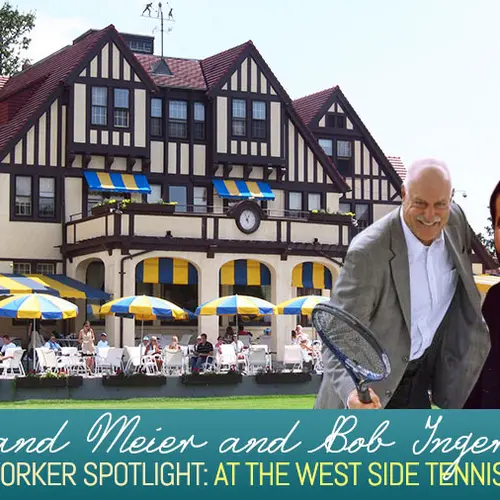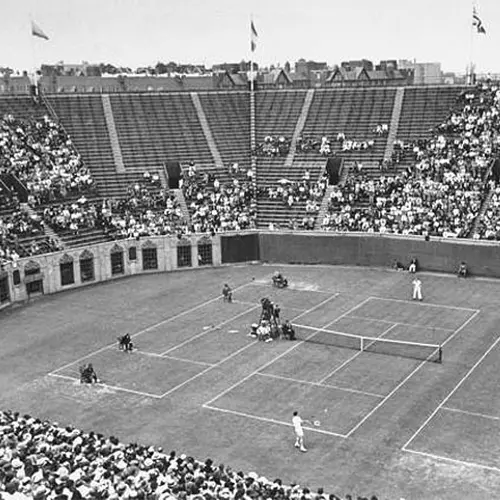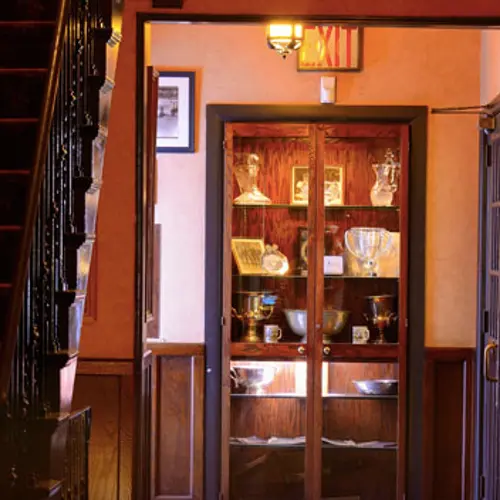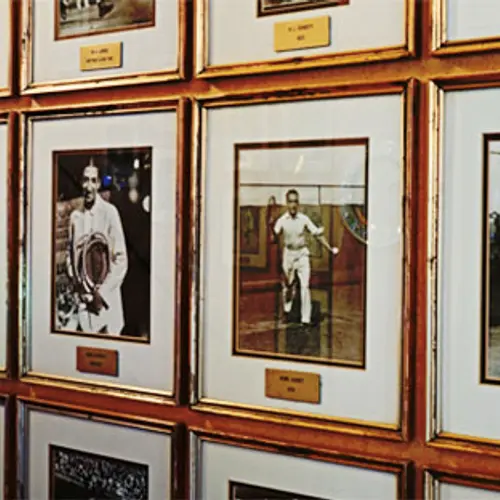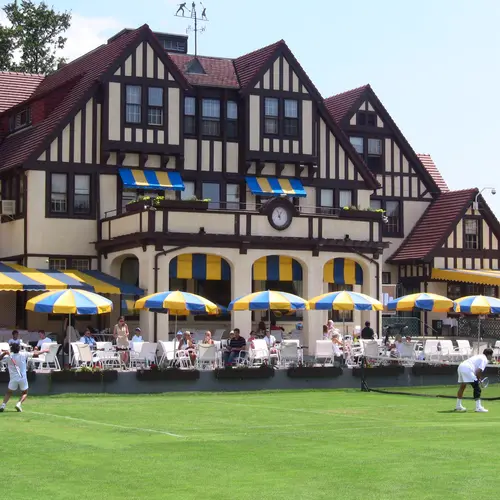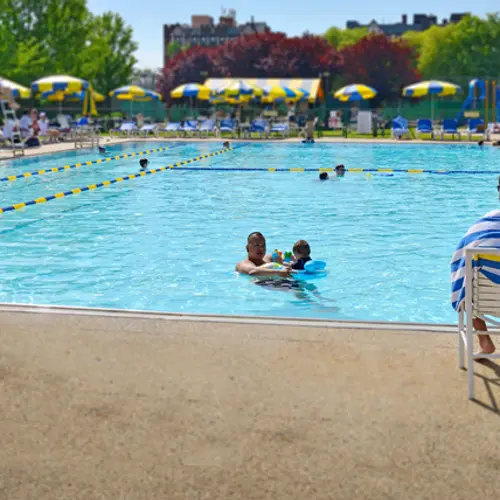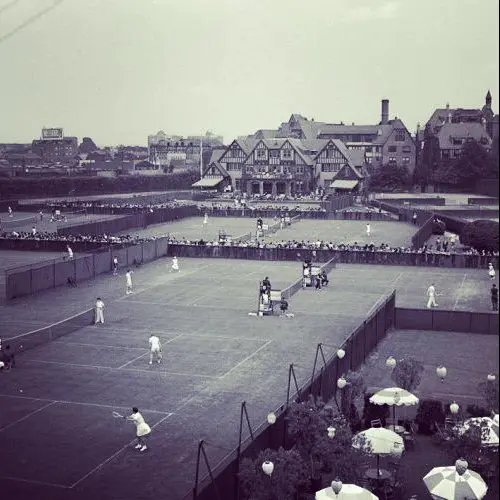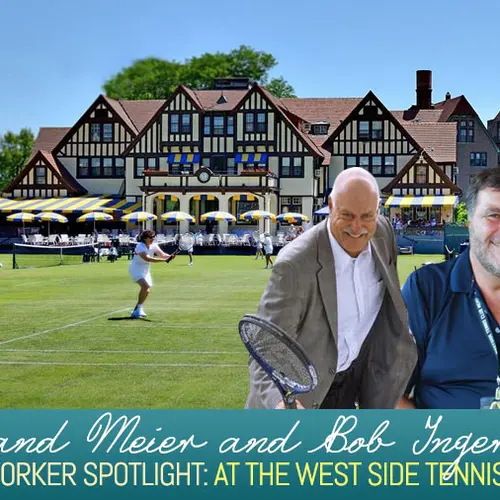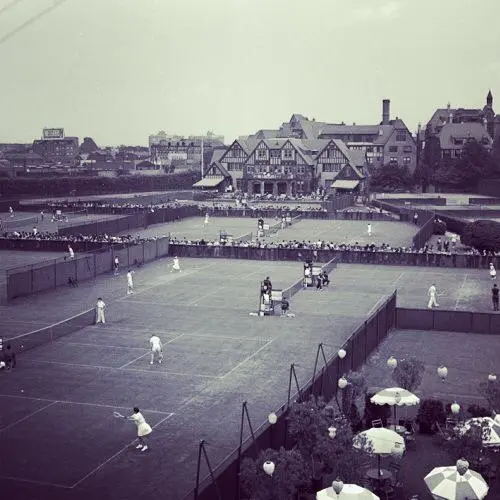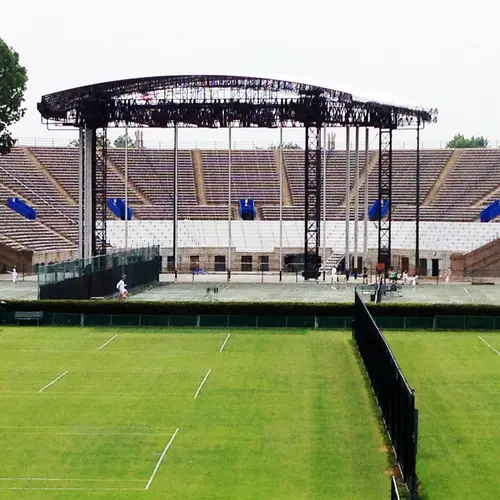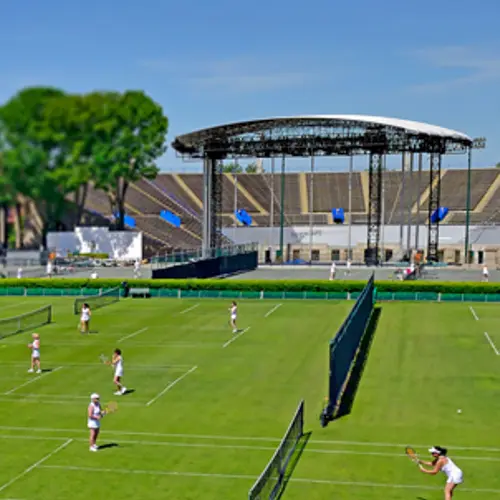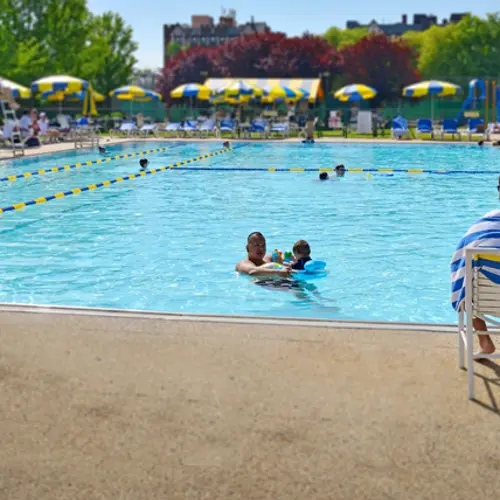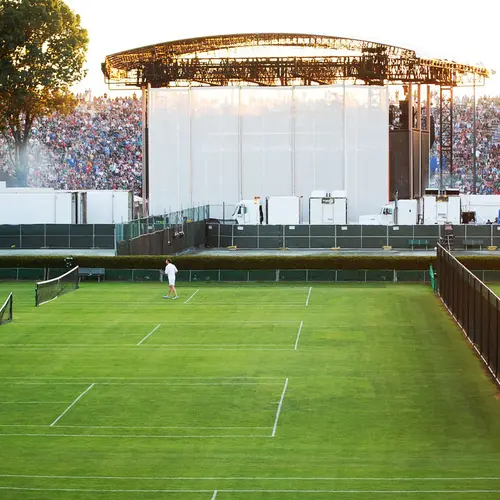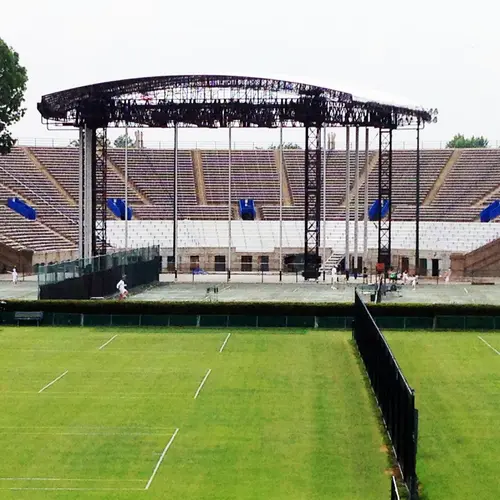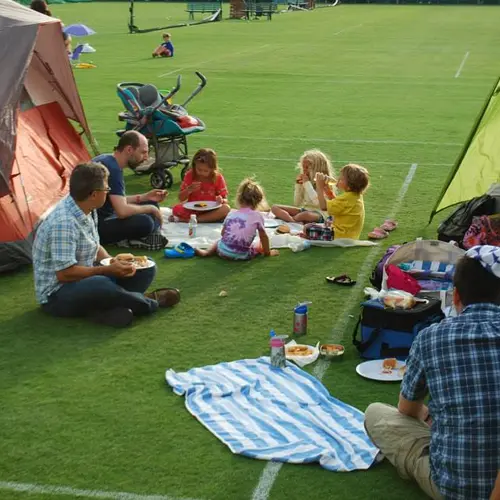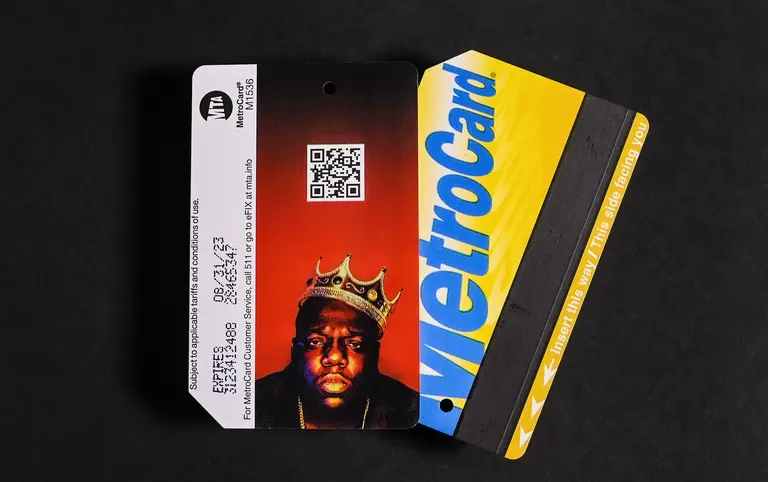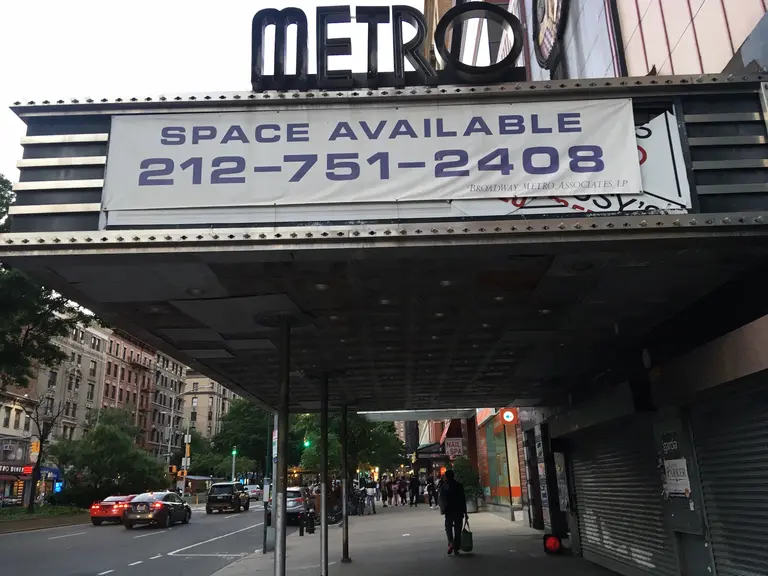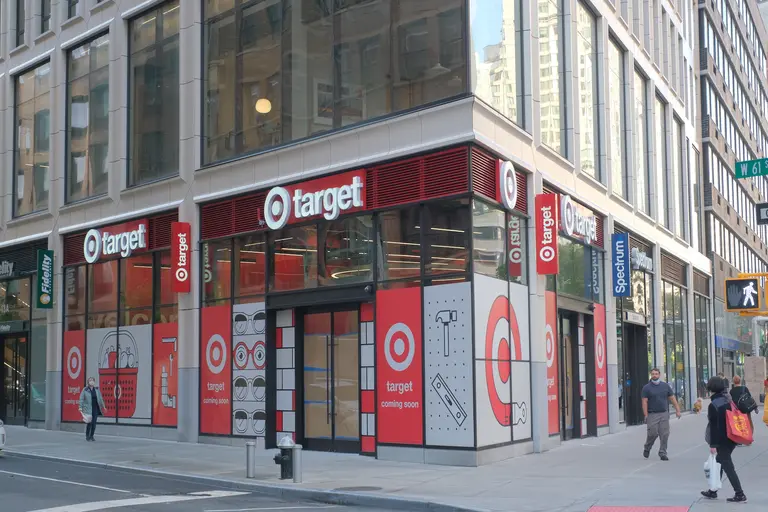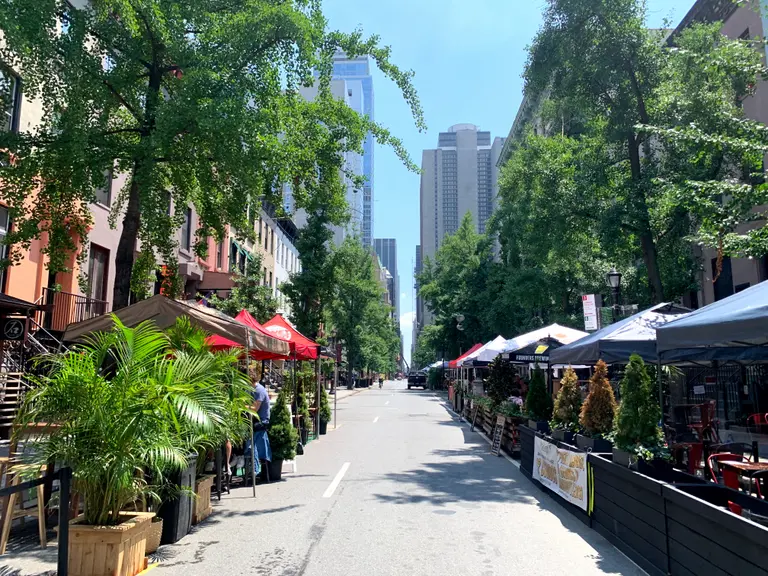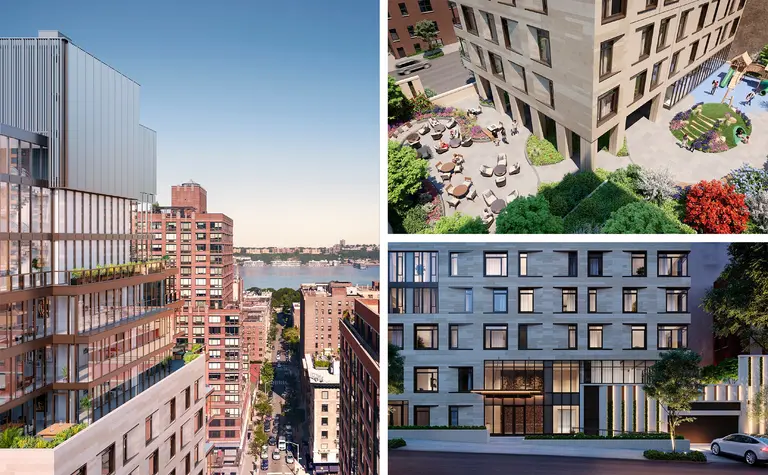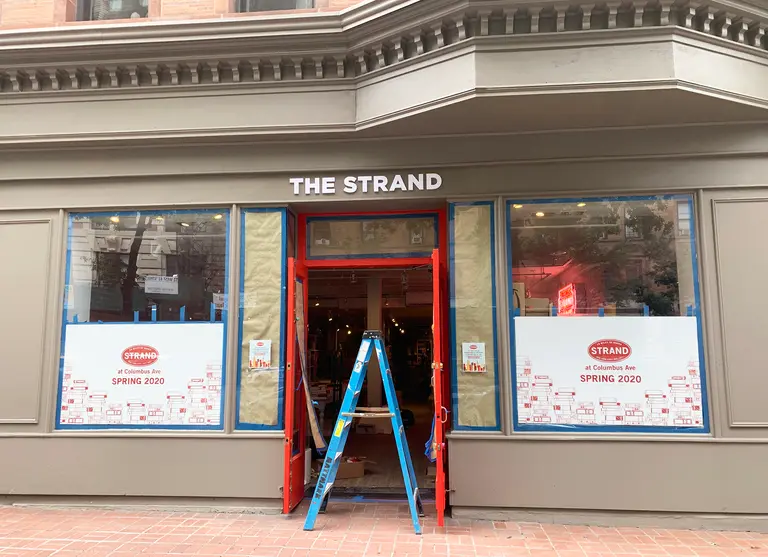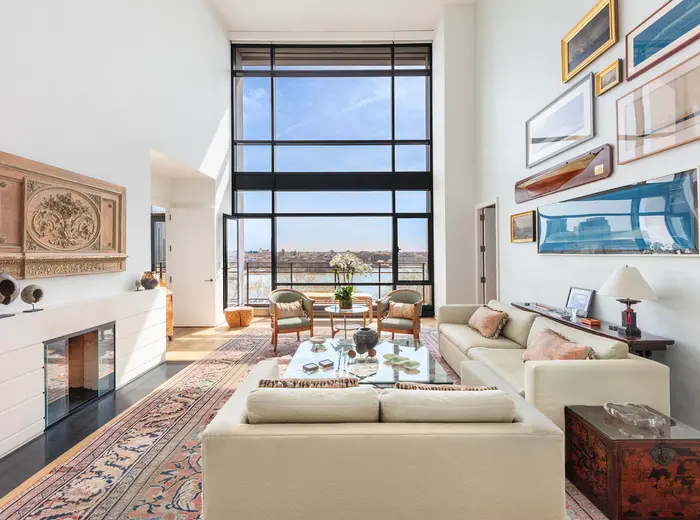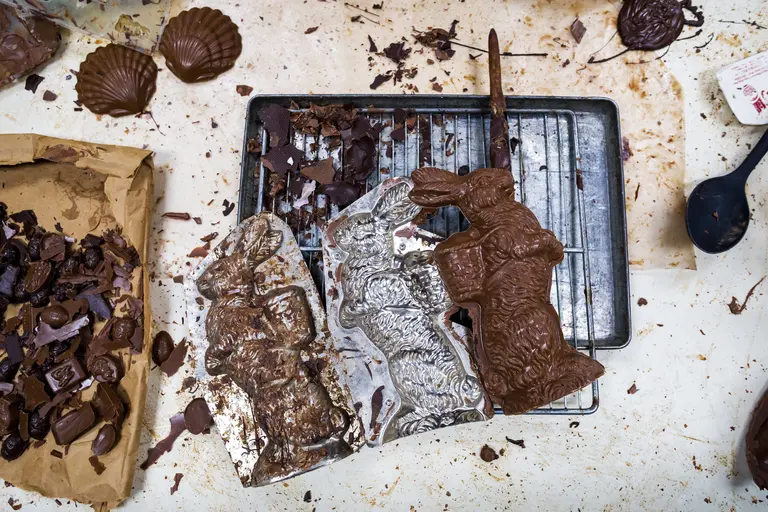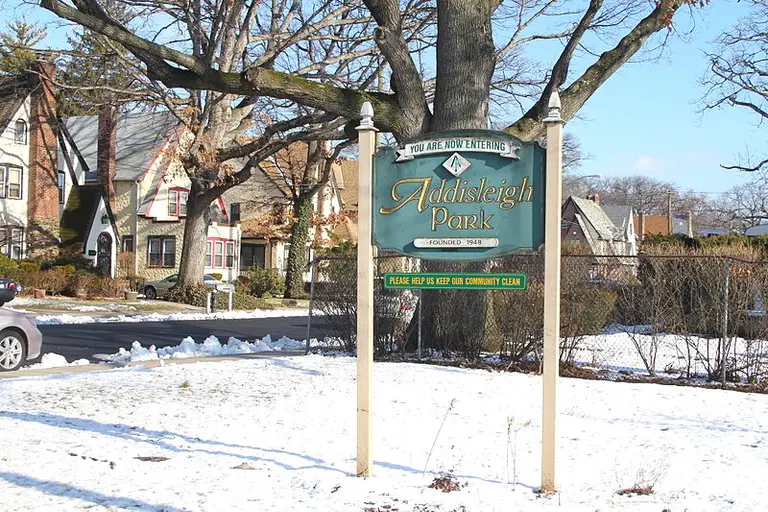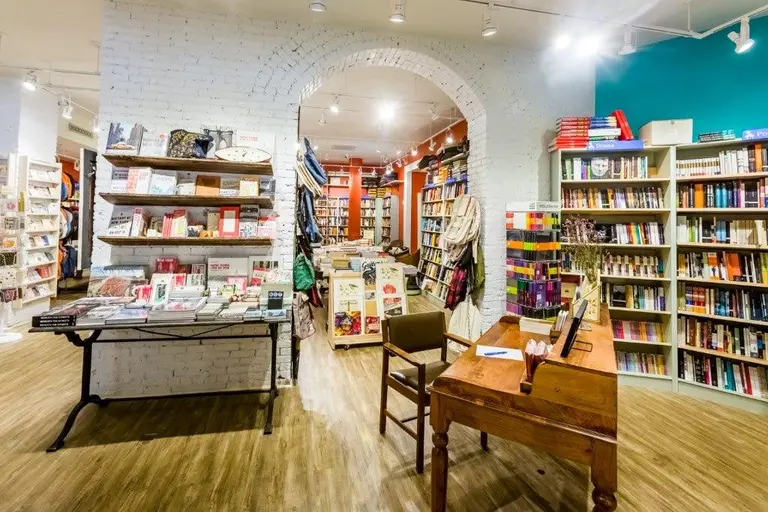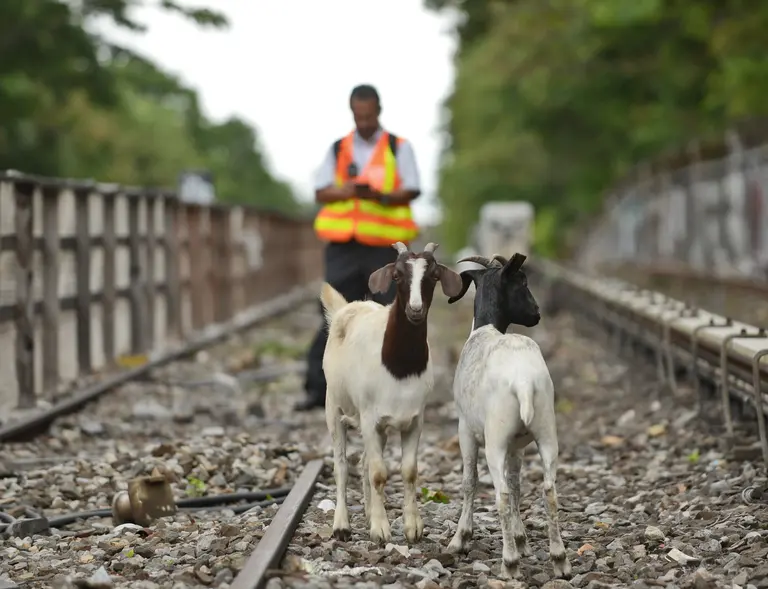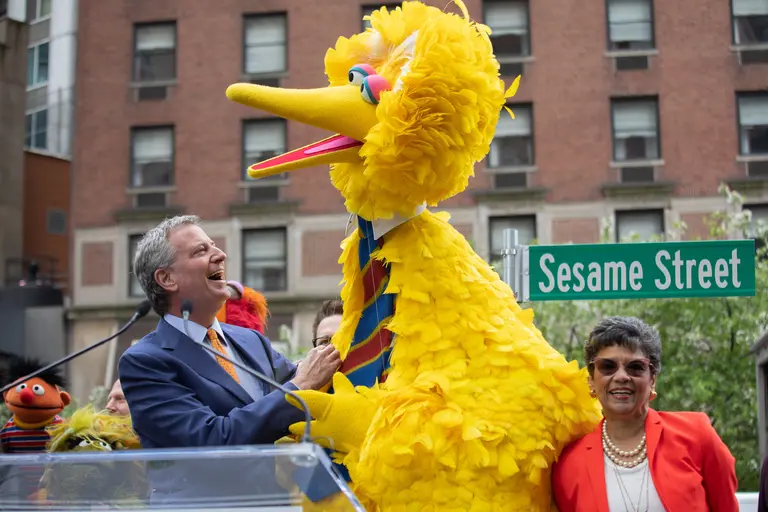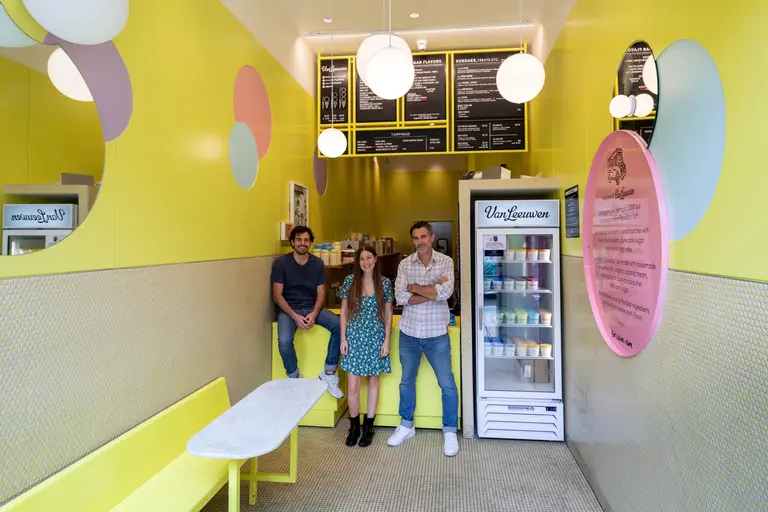New Yorker Spotlight: Courtside at the Century-Old West Side Tennis Club With Roland Meier and Bob Ingersole
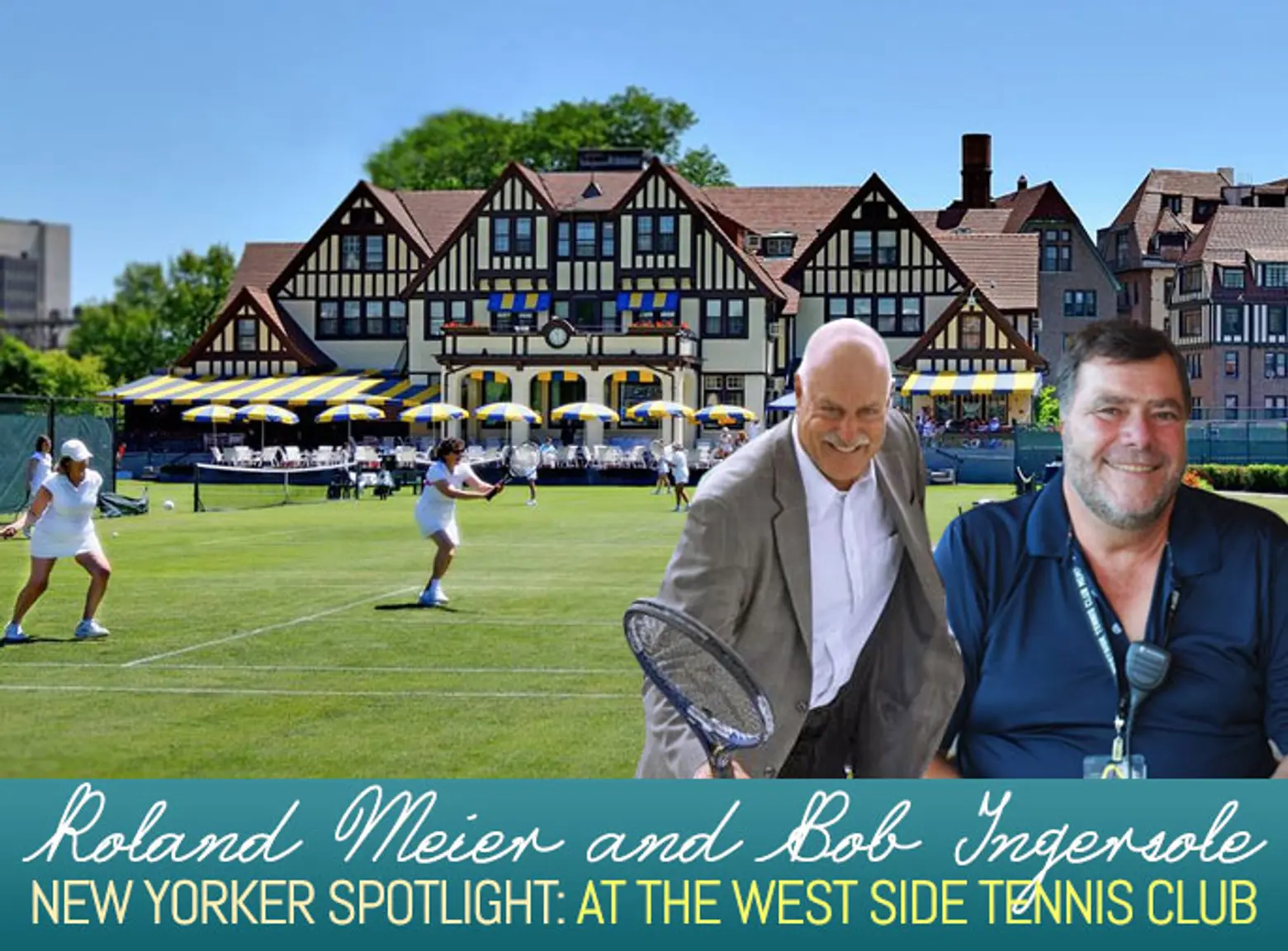
With the U.S. Open starting on Monday, tennis fever is once again sweeping across the city. Over the next two weeks, thousands of New Yorkers will hop on the 7 train or the Long Island Rail Road to watch the likes of Roger Federer and Serena Williams play in Flushing Meadows at the USTA Billie Jean King National Tennis Center. However, prior to 1978, tennis players and fans found themselves playing and cheering at a different venue: The West Side Tennis Club in Forest Hills.
The West Side Tennis Club was the former home of the U.S. Open. Founded in 1892 in Manhattan, the club moved to Forest Hills in 1913, where it played host to many great moments in tennis history. Following the U.S. Open’s relocation, The West Side Tennis Club faced a number of challenges and retreated from the spotlight. But after years under the radar, the club’s president Roland Meier and tennis director Bob Ingersole are helping The West Side Tennis Club re-emerge as a major player on the tennis scene.
We recently spoke with Roland and Bob to learn how history and modernity mix in Forest Hills.
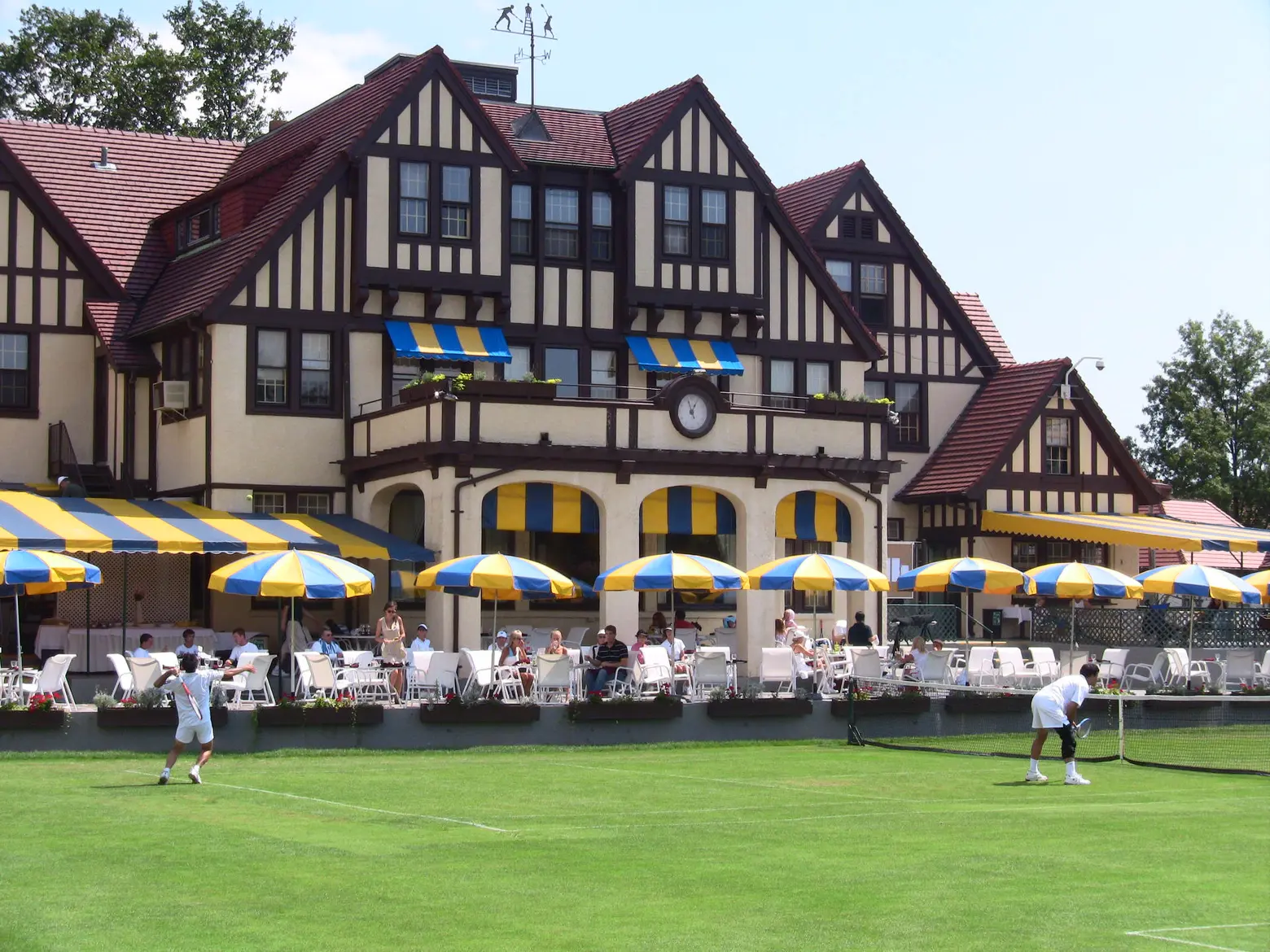
What makes tennis a great sport for New York?
Bob: You’ve got the crown jewel being the U.S. Open. The fact that we kept the Open here in New York when it could have gone to Chicago, Los Angeles or Atlanta when they decided to move it from The West Side Tennis Club is a testimony to how successful the event has become. And that’s based on all the things that make the Open so wonderful. NYC is just a great place to hold an event.
New Yorkers themselves are pretty competitive. They’ll squeeze every minute of every court hour that they can get. Even as they pay through the nose for the courts, they’ll make sure they get their value out of it.
The West Side Tennis Club was founded in Manhattan. Why did it move to Forest Hills?
Roland: It started on the West Side of Manhattan in 1892 with just a few courts. Then the real estate got more and more expensive as the city grew northward, and the club was trying to outpace that. The city eventually caught up with them, and in 1913 they bought this present property here in Forest Hills—which still exists in its original form. That’s why we still have the name The West Side Tennis Club. Although some people know us as the Forest Hills Tennis Club.
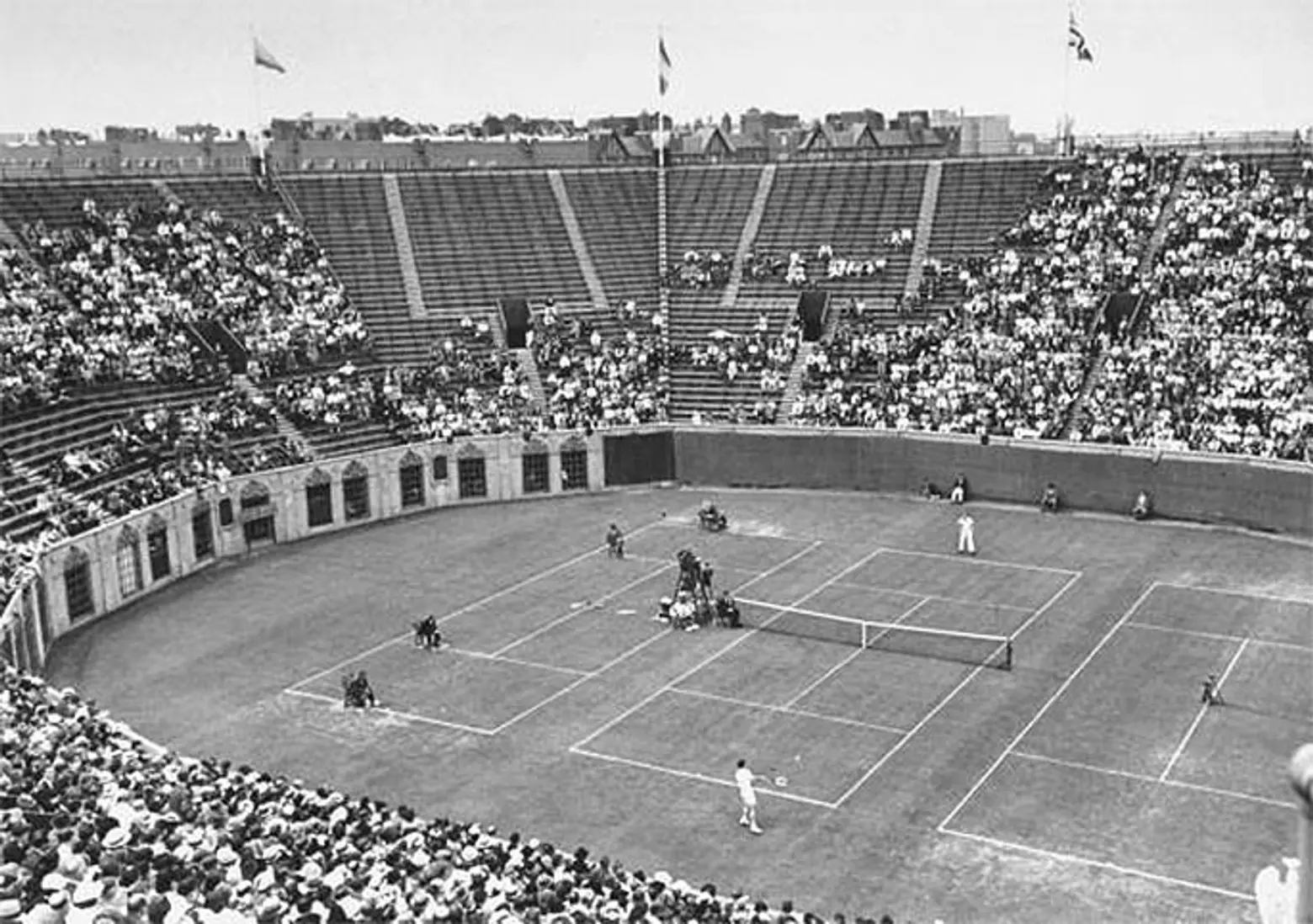
What is it about the neighborhood that has kept the club here for over 100 years?
Roland: The club was part of one of the first planned communities in the United States. Here in Forest Hills, you can’t change a window unless it is approved by the community. The community has retained its character and so has The West Side Tennis Club. It’s wonderful clubhouse that fits right into the neighborhood. It is an oasis. As far as I’m concerned, I feel privileged to be playing here. It’s my big backyard as I call it.
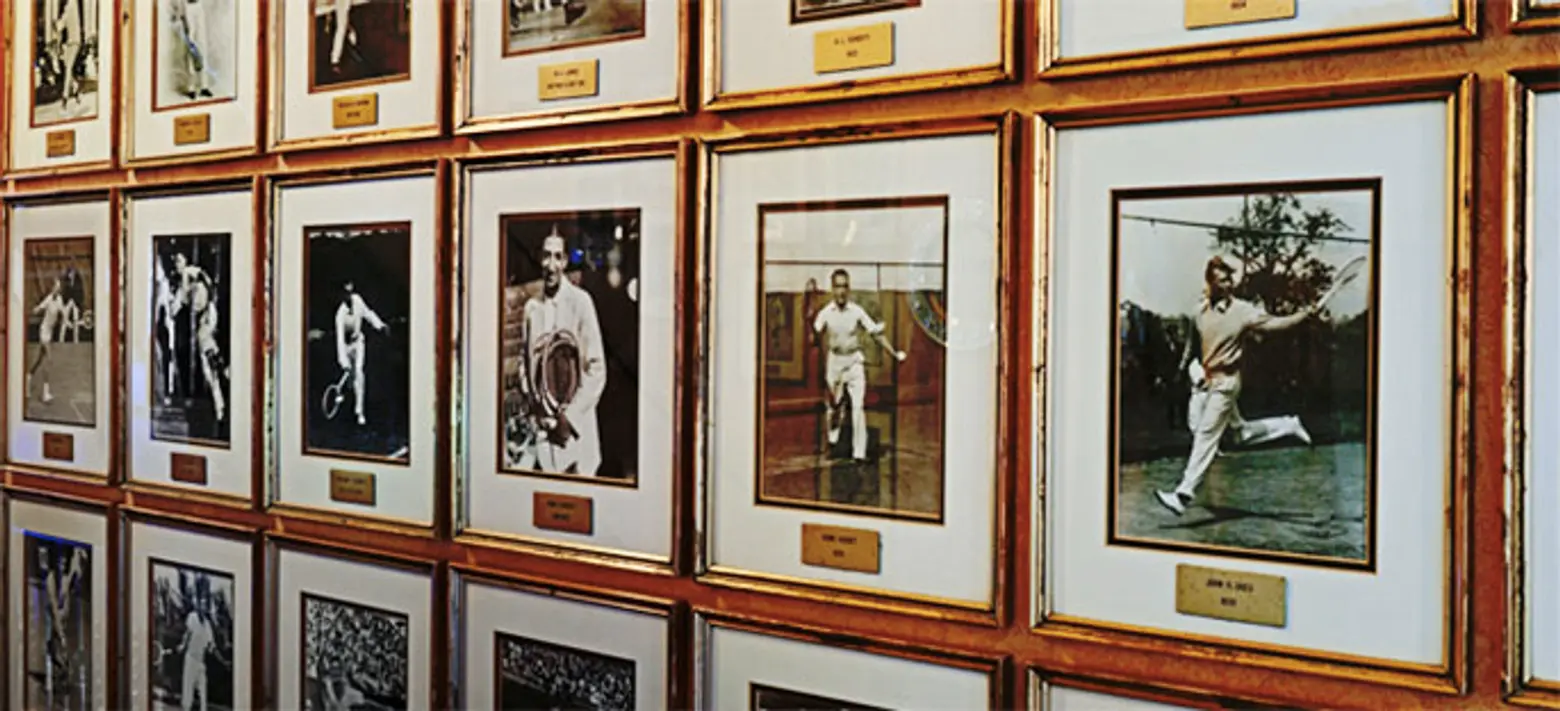
The West Side Tennis Club was a major tournament destination throughout the 20th century. What are some of the great moments in tennis that have been played on these courts?
Bob: If you follow the great moments, you’ll also follow the most historic events that U.S. History has witnessed. Althea Gibson and Arthur Ashe were a breakthrough for minorities. Billy Jean King played here. All of the Davis Club titles played here. We’ve had 11 Davis Club finals, more than any other club in the world. The history will take you through when the United States played Japan in the early 1920s.
Following the U.S. Open’s departure, the club had to finds its way. Why did this happen?
Bob: The Open outgrew The West Side Tennis Club. As much as we hate to admit it, we’re just too small. The USTA had huge foresight to say we want this event to grow, and when they moved it to Flushing, the West Side was certainly disappointed. We got into the Tournament of Champions and did okay with that one, and then we had a blight of tournaments. We did keep the club going with concerts. Then we went through the dark ages, and for the last 10 years or so we’ve been trying to make tennis history again.
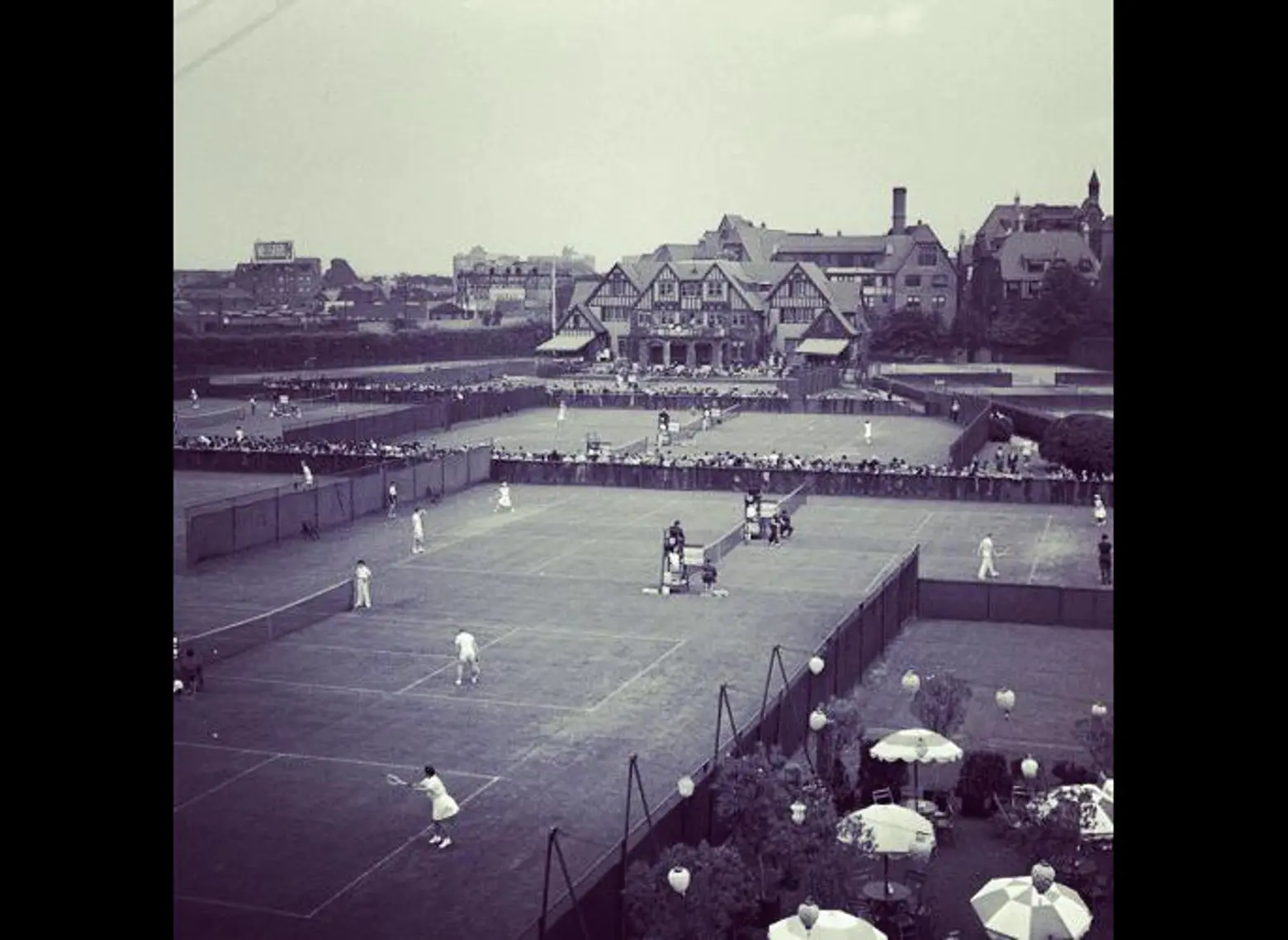 Historic photo of the U.S. Open being played at the West Side Tennis Club
Historic photo of the U.S. Open being played at the West Side Tennis Club
How do you both balance the club’s rich history with preparing for the future?
Bob: Our rich history sometimes gets in our way. We can’t rest on our laurels.
Roland: We’ve had a lot to catch up to. The U.S. Open left in 1977 and then for 10 years we had the Tournament of Champions. Famous players like Ivan Lendl, Jimmy Connors and John McEnroe played here. The club retreated a little into to wallflower status searching for an identity because it was in the limelight of the tennis world before. The stadium was in disrepair.
We have been going through a revival process. We have music back in Forest Hills. We started our third year of concerts at the stadium. The fact that the Beatles and the Stones played here—and now we have The Who back here this spring—is absolutely amazing. The New York Pops use our stadium as their summer home, which is unbelievable. We have classic music here and that absolutely fits into this wonderful neighborhood. We’ve also revived The West Side Tennis Club Foundation which promotes handicap tennis and juniors.
Bob: We’re also looking at how we can preserve our own archives and put in a library and museum about American tennis.
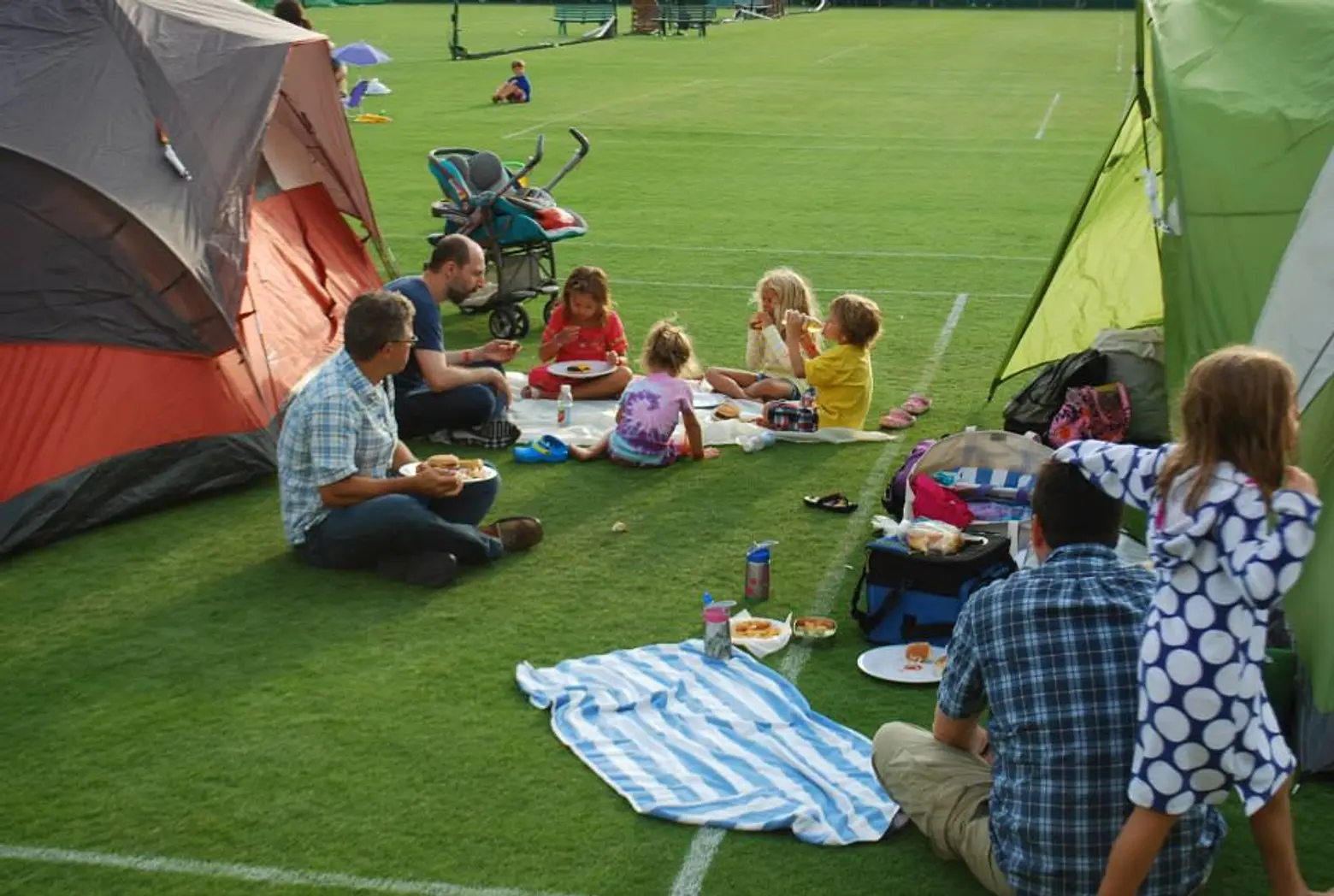
What is the current membership demographic?
Roland: We’ve also had to reinvent ourselves in terms of membership. At one time the club had over 1,100 playing members.
Bob: Overall, we have around 650 members now. Over 100 of them are junior members. We’re drawing around about 60 percent from the Queens area and the rest from Manhattan. It’s so easy to reach from Manhattan with two express trains and the Long Island Rail Road. We have an extremely large junior program. We have about 150 kids coming through here each week in the summertime. In the wintertime we have about 250 kids in our program. We still have some of the oldest tennis players you’ll ever see. We have a couple of 90-year-olds.
For the most part, we have upgraded our membership age-wise to young families with parents in their 30s and 40s. We put in a pool a couple of years ago and have year-round programming to cater to people who are no longer looking to go out to the Hamptons, but instead want to play tennis and raise a family. It has become a family club in many ways—with a lot of tennis. We’ve got some very good players.
Roland: Yes, we’ve definitely become more family-friendly. We have “Camping Under the Stars,” a night where families can pitch tents on our grass and sleep at the club. Another thing is we have made the under-35 segment quite attractive; we’re getting quite a lot of college players. My only complaint is that they are whacking the ball too loudly now!
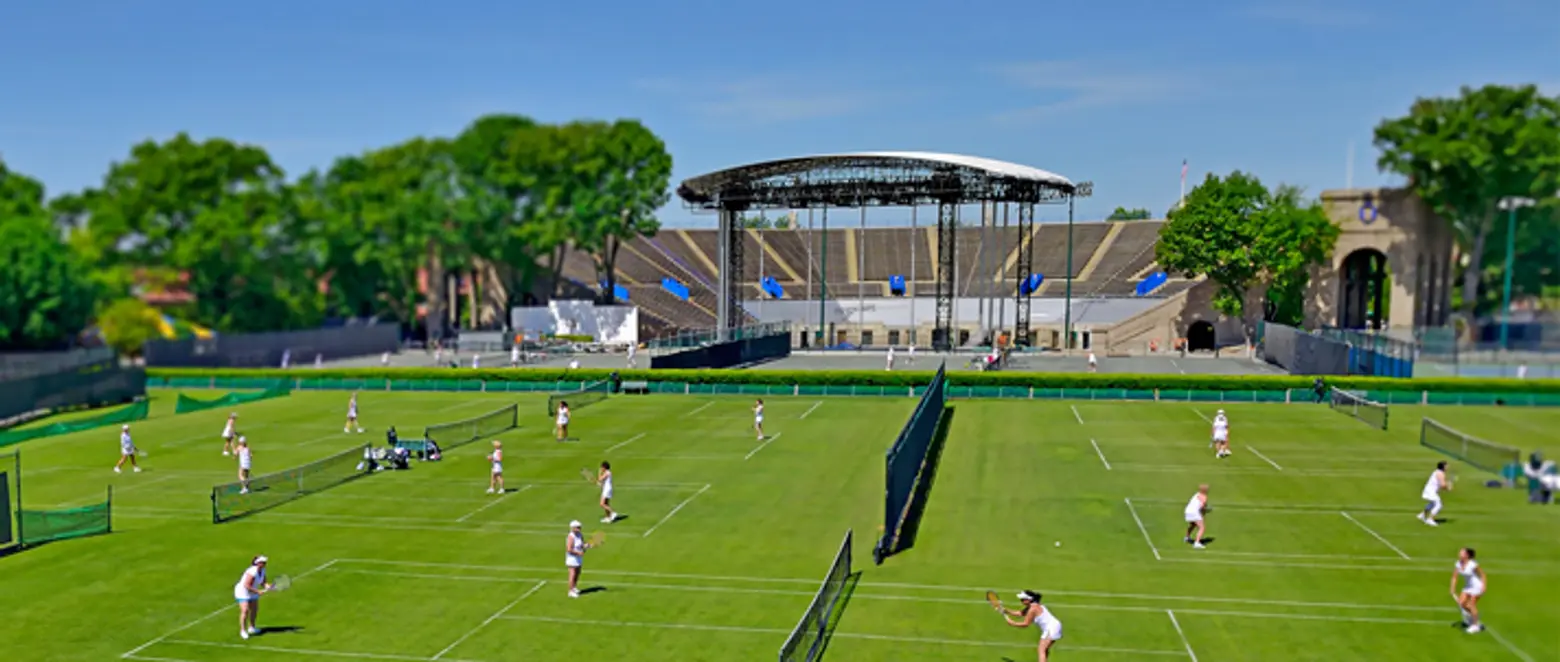
The club has 38 courts including grass courts, which are much rarer. How do New Yorkers react to playing on this surface?
Roland: It’s an amazing feeling. I don’t come from a background where we walked on grass ever. Just walking on a surface like that is an amazing feeling. But when it comes to tennis, it is quite a challenge. They call grass the great equalizer because the ball does not always bounce as predicted or as it should be. In addition, it does not really come up as high as on a high surface. You have a change in the game. You have more of a serve and volley. Being out there on the grass on a Sunday afternoon playing doubles is an absolute privilege and it is absolutely fabulous.
Bob: Playing on grass is quite unique. My advice to players that want to play on grass is A) you’ve got to have a good sense of humor, B) you never want to fall down if you can help it, and C) you make sure you stretch because the next day you’re going to feel it in the glutes because you have to bend a lot.
Does the club have a number of adult beginners?
Bob: Yes. We do a program in the wintertime Sunday afternoons for beginners. In the summertime, we’re basically only open to our membership. We have a huge amount of young moms that are just starting to play.
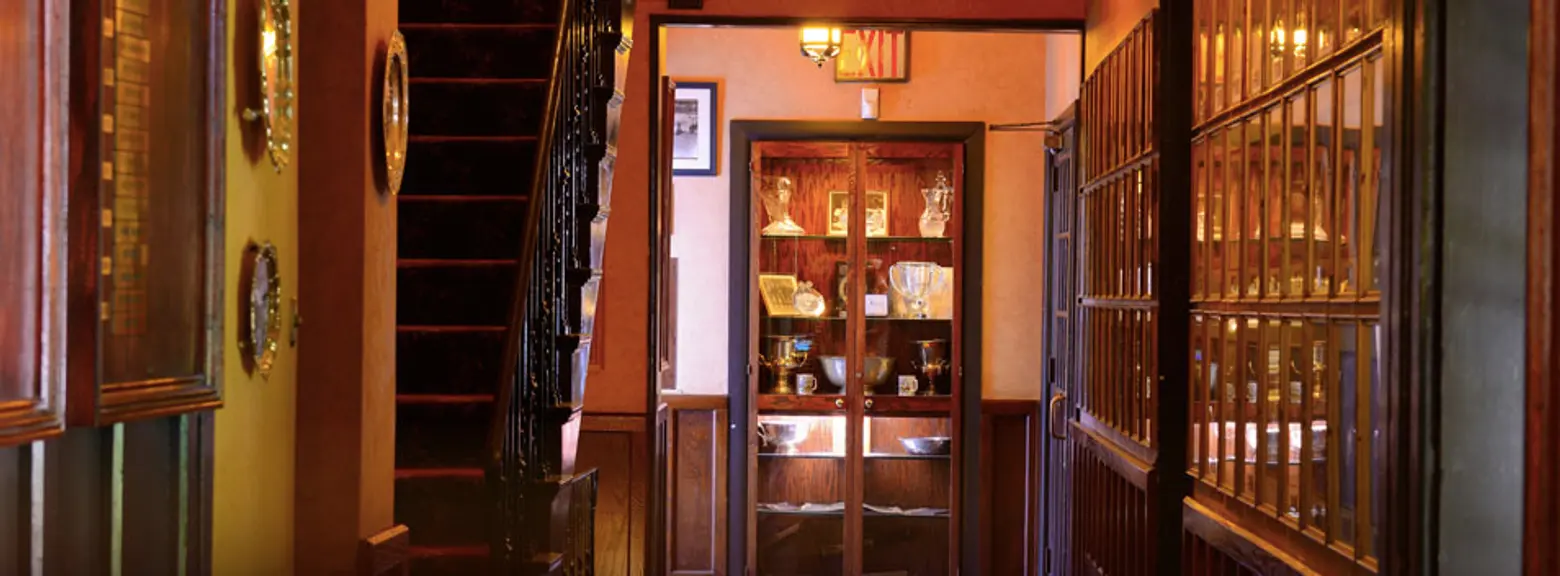
Do the young players learn the club’s history alongside their forehands and backhands?
Roland: Absolutely. They feel quite comfortable in our clubhouse and they look at all these pictures of 80 years of tennis history right here. I think it can be inspirational to see all the history of this club.
Bob: Tennis is a game based on honor and integrity. If you look at the rules, that’s the way the rules are written. That’s something that we at West Side like to teach and act out. Tennis is a game that teaches life skills and teaches them the right way. We follow that philosophy and I think we are successful at it. Part of the program we’ve put together is not just teaching tennis. It’s teaching the history of tennis, tennis etiquette, and as students become more serious and taking them to tournaments, focus on how to handle themselves and setting their own personal goals.
With the U.S. Open starting next week, does some of that tennis excitement find its way to Forest Hills?
Roland: Well, the funny thing is Forest Hills is better known abroad than here in the United States. The U.S. Open having left in ‘77, you are talking about 40 years. There are one to two generations who really don’t know Forest Hills. During the Open, there is a huge interest in Forest Hills. We have celebrity tennis. Nearly every day some news reporters from Japan, Brazil, or some place abroad come to visit our club for the history.
Bob: The U.S. Open throws off around $750 million dollars in economic impact. It throws up more money than the Mets, Nets, Knicks combined. It’s a fun time for tennis. The club and myself do a lot of corporate outings while the Open is on. We have pros that hit out here and we are abuzz. At present, we are running a little international tournament for 120 kids ages 8, 9, 10, 11,12, and 13 and we tie it into Arthur Ashe Kids days.
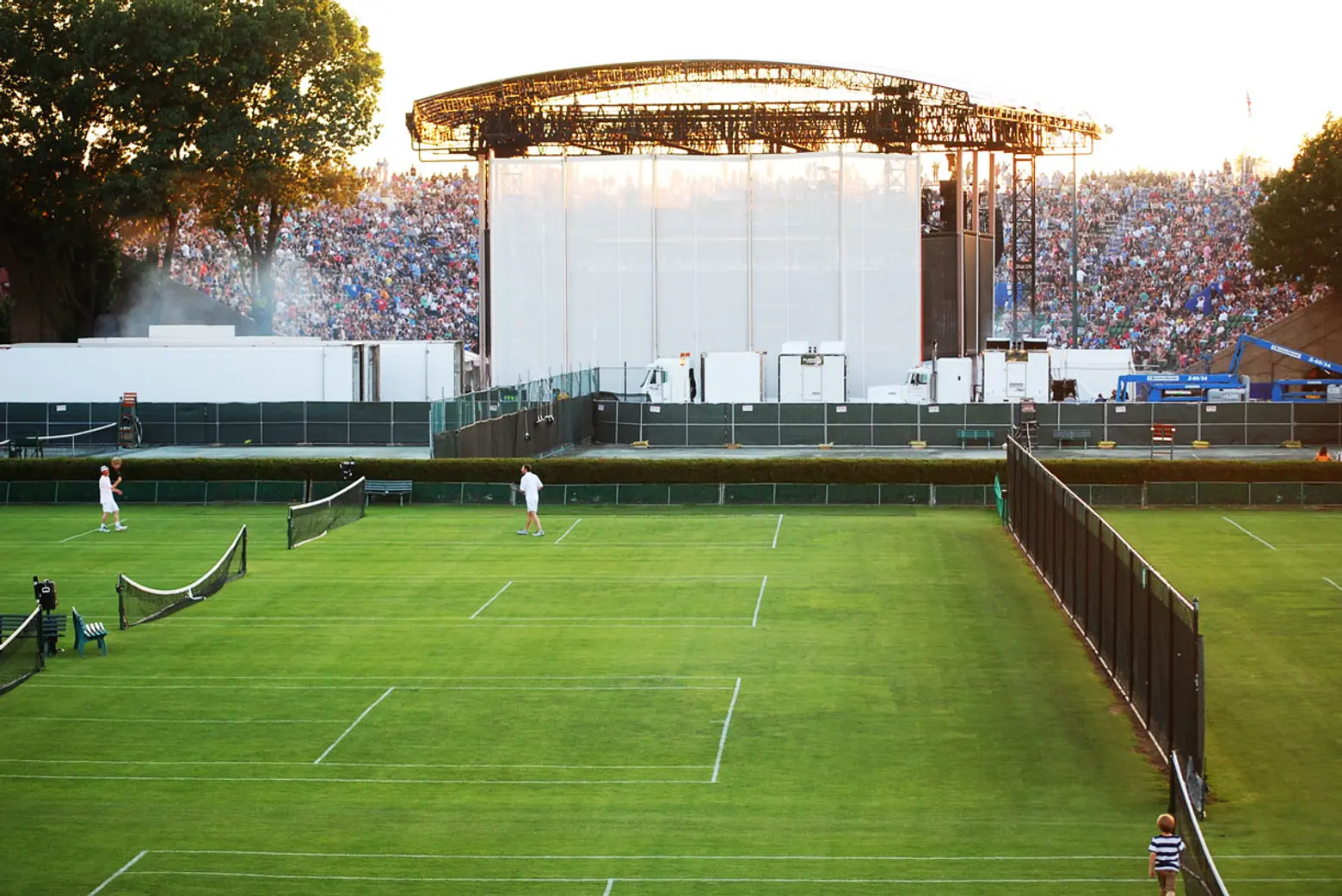
What does not only helping to preserve The West Side Tennis Club’s legacy, but shaping its future mean to both of you?
Bob: I’ve been in tennis all my life. It’s been so good to me. I think I’m in the right place. I think I’m here at the right time. I think that we give back a lot. I spend a good deal of time with the USTA, which keeps me young and keeps me in the game and enthusiastic. I bring that knowledge back and try to apply it to West Side and I think I’ve made a difference.
Roland: I just would like that we keep this tradition and history alive, and that’s where we are heading now with the foundation and we can also do good in the tennis community.
+++
Learn more about The West Side Tennis Club here.
[This interview has been edited]
RELATED:
